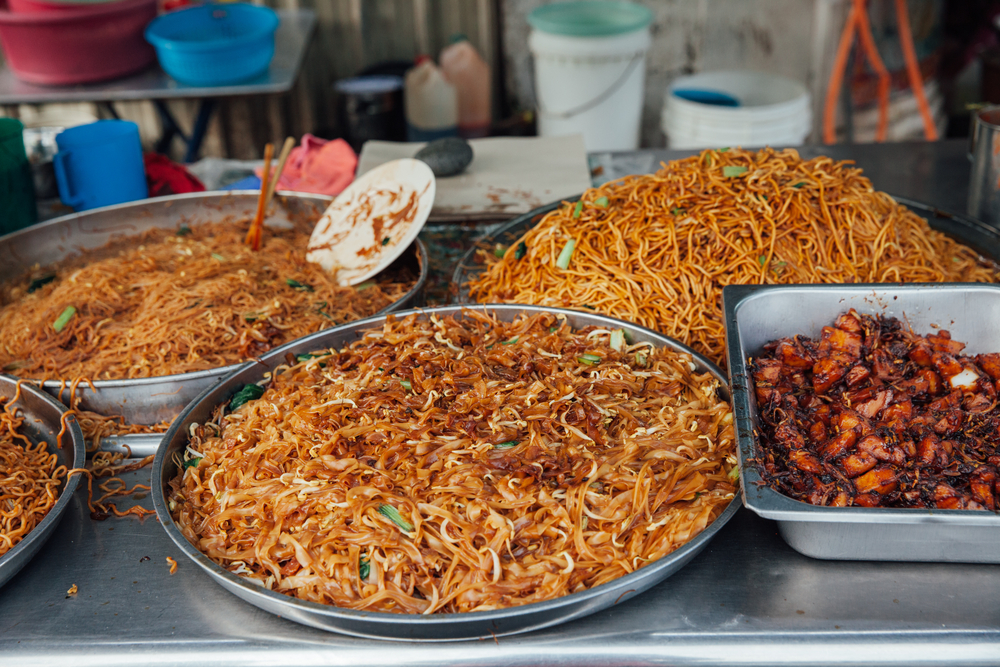Rice and noodles are the bedrock of Asian cuisine, enjoyed by millions daily. However, with the rising prevalence of health-conscious diets, many are questioning the nutritional value of these staple foods.
In this article, we examine the health benefits and potential drawbacks of rice and noodles from a medical perspective, and how they fit into a balanced diet.
The Nutritional Lowdown: Rice in Focus
Rice is a versatile, low-fat source of energy, providing complex carbohydrates for sustained energy release. It contains essential nutrients, such as B vitamins, iron, and zinc. However, the nutritional content of rice varies depending on the type:
- White rice: This refined grain has the outer bran layer and germ removed, leaving only the starchy endosperm. While this makes it easier to cook and digest, it also strips away valuable nutrients and fibre.
- Brown rice: Retaining its bran layer and germ, brown rice boasts a higher fibre content and more nutrients than white rice. Studies have linked whole grains like brown rice to reduced risks of heart disease and type 2 diabetes.
- Wild rice: Technically not a rice variety but a grass seed, wild rice offers even more protein and fibre than brown rice, alongside a unique, nutty flavour.
Noodling Over the Options: Noodles Unwrapped
Noodles come in various forms, each with its distinct nutritional profile:
- Wheat noodles: Traditional wheat noodles, such as udon and lo mein, are high in carbohydrates and low in fibre. Opting for whole wheat varieties can increase their nutritional value.
- Rice noodles: Made from rice flour and water, rice noodles are naturally gluten-free, making them suitable for those with gluten intolerance. However, they often lack significant nutrients and fibre.
- Buckwheat noodles: Soba noodles, made from buckwheat flour, are higher in fibre and protein than traditional wheat or rice noodles. They also contain essential minerals, such as manganese and magnesium.
Portion Control: Striking the Balance
Both of these ingredients can be part of a healthy diet when consumed in moderation. The key is portion control and making mindful choices:
- Opt for whole grains: Choosing brown rice or whole wheat noodles provides more nutrients and fibre, promoting satiety and better digestive health.
- Limit refined grains: Limiting the consumption of white rice and refined noodles can help prevent blood sugar spikes and keep calorie intake in check.
- Combine with nutrient-dense ingredients: Pair them with a variety of vegetables, lean protein, and healthy fats to create well-rounded, nutritious meals.
- Be cautious with sauces and seasonings: Many Asian dishes feature sauces high in sodium, sugar, or unhealthy fats. Opt for lighter, low-sodium options, or make your own healthier versions at home.
A Grain of Truth: The Final Word
Thes staple ingredients can be part of a healthy, balanced diet when enjoyed in moderation and combined with nutrient-dense ingredients. By opting for whole grains, controlling portion sizes, and being mindful of sauces and seasonings, you can continue to enjoy these Asian staples without compromising your health.













